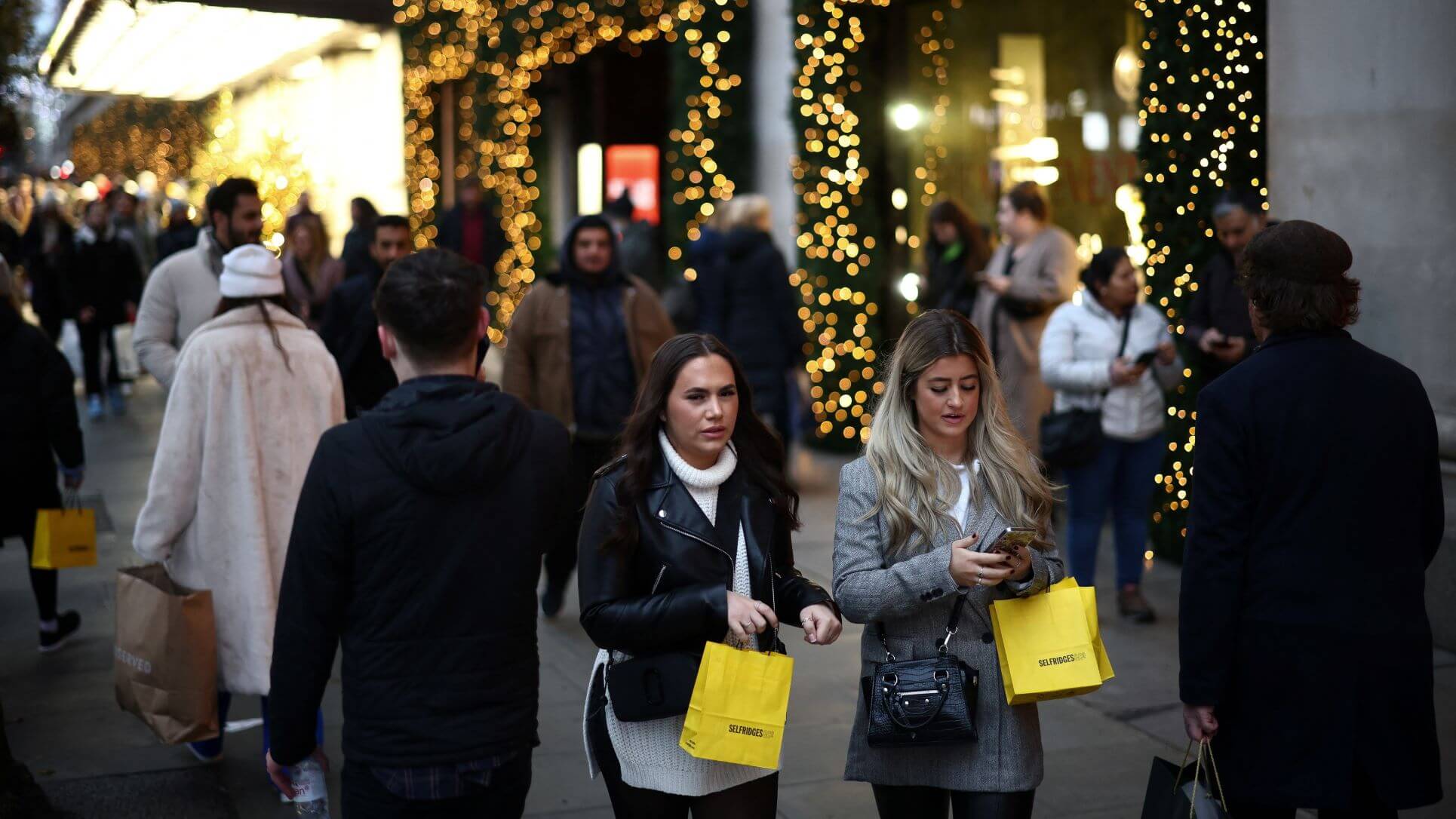What UK Businesses Can Learn From Europe In How To Spend Smarter, Not Harder
Better financial visibility can help businesses make better decisions.

According to the British Retail Consortium (BRC), Britain has lost 6,000 of its storefronts in just five years. While in Europe, Swedish wardrobe stalwart H&M has seen its stores close across the block, while the last of Germany’s department stores, Galeria Karstadt Kaufhof, is set to close almost half of its branches by the end of 2023. Unfortunately, this won’t surprise those of us who have walked down our local high street of late and noticed the rows of ‘For Sale’ signs and clearance sales.
It is a stark reminder (as if one was needed) of the challenges business owners face today and the monumental task they have on their hands when it comes to business survival. Despite some signs that things are slowly, but surely, heading in the right direction – the IMF raising its 2023 global growth prediction by 0.2 percentage points to 3%, for instance – financial instability has meant businesses have been on a rollercoaster of a journey over the past few years.
Business spending habits have shifted like never before and in general, there’s been a sea change from those craving hypergrowth to those wanting something more sustainable and efficient – a long-serving resilience that the humble camel would be proud of.
For this to become a reality though, businesses must continue to focus their attention on smart spending and ensure that their budgets are at the forefront of every conversation they have and every decision they make. But as most small to medium-sized business owners will know, they exist in a community. And as such, there’s plenty we can learn from how others are spending their money.
The lay of the land
It can be difficult to know where to increase and decrease spending. Our State of Spending 2023 report highlighted the difference in how countries across the UK and Europe are split.
On average, countries increased investment in areas such as cybersecurity, marketing, employee training and national travel. While respondents in the Netherlands and Denmark said they weren’t planning on decreasing spend at all. France meanwhile was the outlier, only planning to increase spend in one category – subscriptions – and decrease it everywhere else.
Despite these differences, there are some common themes across Europe around what businesses are doing. To help identify them, we have been taking a look back at our customer invoice spending data from November 2021 to April 2023 to analyse what categories businesses in Europe are investing more and less in, and what (for better or worse) has taken a back seat for the time being.
Travel
Love it or hate it, travel for business has suffered a long, arduous return to normality. First there was the pandemic, then Covid regulations, before costs were so limited that those trips abroad seemed a thing of the past. Yet, as new research from the European Travel Commission shows, there has been a 4% increase in business travel, with 9% of respondents intending to embark on a work-related trip in the future.
This shows that despite the continuation of hybrid and remote working, meeting in-person remains a powerful commodity – perhaps even more so, when the norm for many workplace interactions is Zoom or Slack. This makes it even more essential for businesses to get their expense policies in order so that spending limits and do’s and don’ts are all in order before your employees leave the runway.
Marketing
Marketing budgets have been in steady decline since the pandemic, with Gartner showing how they hit their lowest levels in recent history, dropping to 6.4% of overall company revenue. As HBR writes, “The general rule is that marketing budgets drop like a stone at the first sign of trouble and rise like a feather once the environment is more settled.”
Unfortunately things are far from settled. This trend is therefore expected to continue, but as our in-house marketing guru Katie Mannion would want me to share – marketing should be thought of as more than just another thing in a business’s cost centre and any cuts warrant more interrogation. Further, business leaders should weigh up how valuable it can be to continue making loud marketing noises when a proportion of the competition has gone dark.
Software
With the pandemic came a great app outlay. It was a free-for-all of software purchases, with employees charging their companies for any and every app that could keep them connected in disconnected times. Then came cost-cutting, as budgets dried up and tech strategies sought to make sense of the huge taskbars employees were now working with.
Today, the middle ground is consolidation. Businesses should be focused on keeping the apps that matter, and ensuring their teams all work together on the same software – regardless of whether they’re remote or in the office. As a starting point though, teams should turn to one source of truth to keep track of subscriptions, usage rates and recurring business payments, to avoid any nasty surprises.
Hardware
Contrary to dropping software costs, hardware costs are on the rise. It’s no secret that a return to the office is on the cards for many businesses, with worker returns reaching post-pandemic highs. This has meant that more and more offices are having to fork out on in-person hardware – including everything from notepads to desktop computers.
But even if the office headcount is the same as it was in 2019, the ways in which people work have changed dramatically. As such, business leaders should dive into their spending analytics and employee behaviour to ensure their spending is future-ready and not reverting back to habit.
Spending smarter, not harder
Looking at spending trends across Europe is a valuable way for businesses to see how others are spending sustainably. But there will always be trends that are unique to them and their employees.
However, one evergreen solution is visibility. The more businesses put practices in place to maintain oversight of the ins and outs of their spending outlay, the more they’ll be able to finetune things for the long-term. This is how, despite the pressures businesses face right now, they have the ability to keep spending sustainably and make every penny count.
James Keating is CMO at Pleo.
Thanks for signing up to Minutehack alerts.
Brilliant editorials heading your way soon.
Okay, Thanks!
